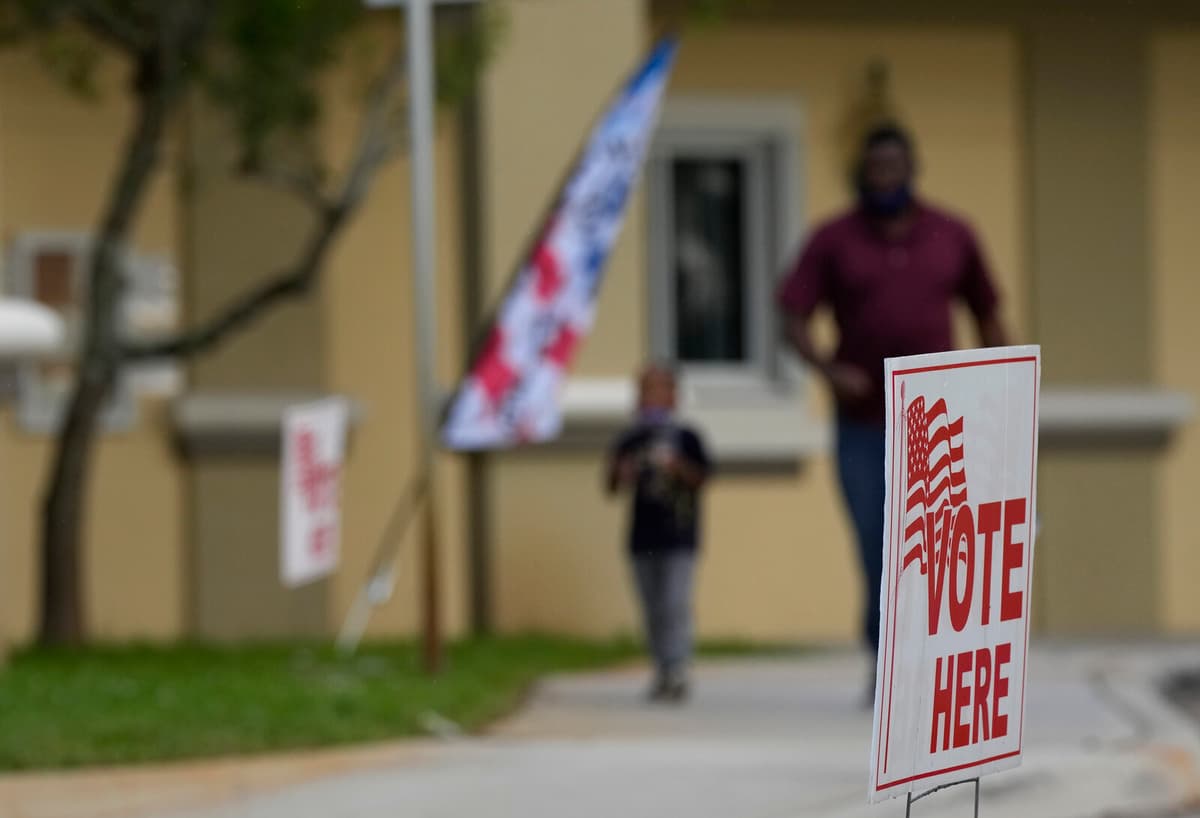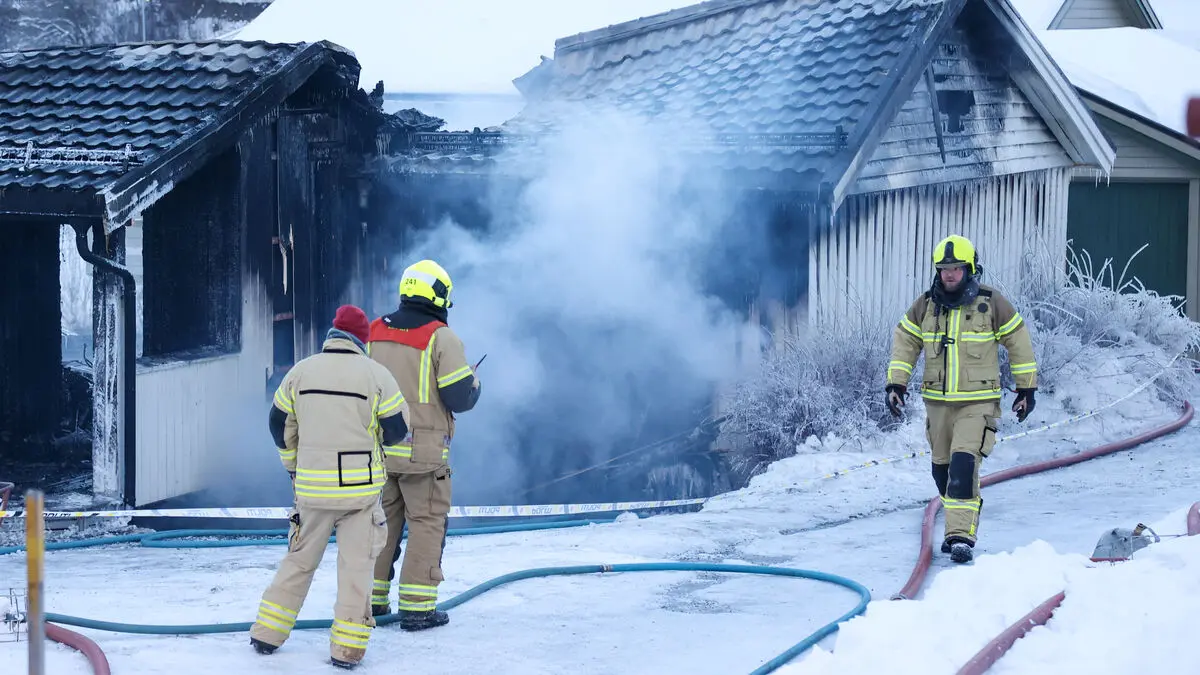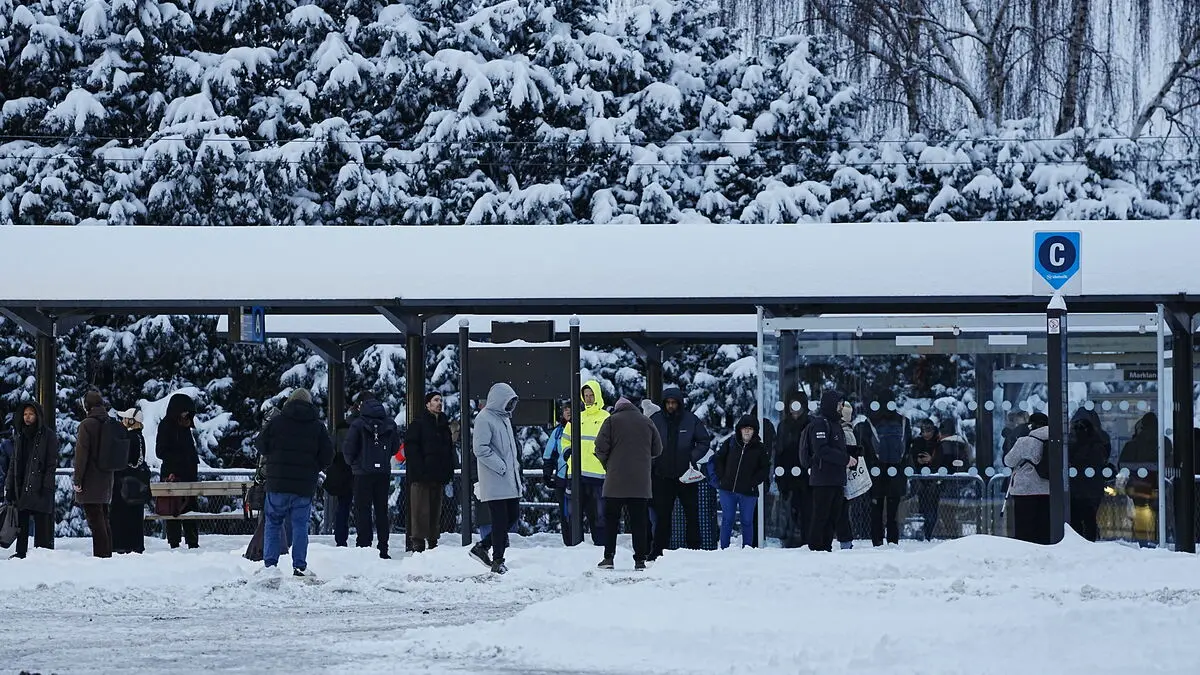What are electors?
A kind of proxy who voters in each state vote for in the presidential election. The electors are appointed by each state party and, according to the constitution, cannot be congress members or federal officials.
.
Why do they exist?
When the US Constitution was formulated in 1787, there was concern that large cities and densely populated areas would gain too much power. To ensure influence from smaller and sparsely populated states, the electoral system was created.
Critics of the system argue that it is undemocratic since the candidate who receives the most votes does not always win.
.
How many electors does a state have and how are they distributed?
A state has as many electors as representatives in Congress (i.e., the number of House of Representatives members plus the two senators), a sum that is determined by the state's population. Additionally, the capital district DC has three electors. There are a total of 538 electors, and 270 are required for victory.
In almost all states, the winner takes all the electors. The exceptions are Nebraska and Maine, which have a kind of proportional distribution.
.
How do the swing states come into play?
In most places, the outcome is predictable. Liberal California essentially always votes Democratic blue, while many states in the interior and south vote Republican red. But in a few places, it's a toss-up between a Democratic and Republican majority, and it's these states that decide the presidential election, and it's here that the candidates campaign the most.
.
Which ones are they this year and how many electors do they have?
Pennsylvania (19 electors), Georgia (16), North Carolina (16), Michigan (15), Arizona (11), Wisconsin (10), Nevada (6). And one electoral district in Nebraska (1).
.
What does it look like in numbers?
If you count out the swing states, Republican Donald Trump has a relatively safe support of 219 electors, Democratic Kamala Harris likely has support of 225 electors.
The total number of electors in the swing states is 94. There are different ways for Trump and Harris to reach the 270 required for victory. The most common route goes via the "rust belt" – Pennsylvania, Michigan, and Wisconsin – in combination with one of the swing states in the South.
.
So – why so much talk about Pennsylvania?
It's the largest swing state, something of a must for anyone who wants to move into the White House. And the last elections here have been very close.






